|
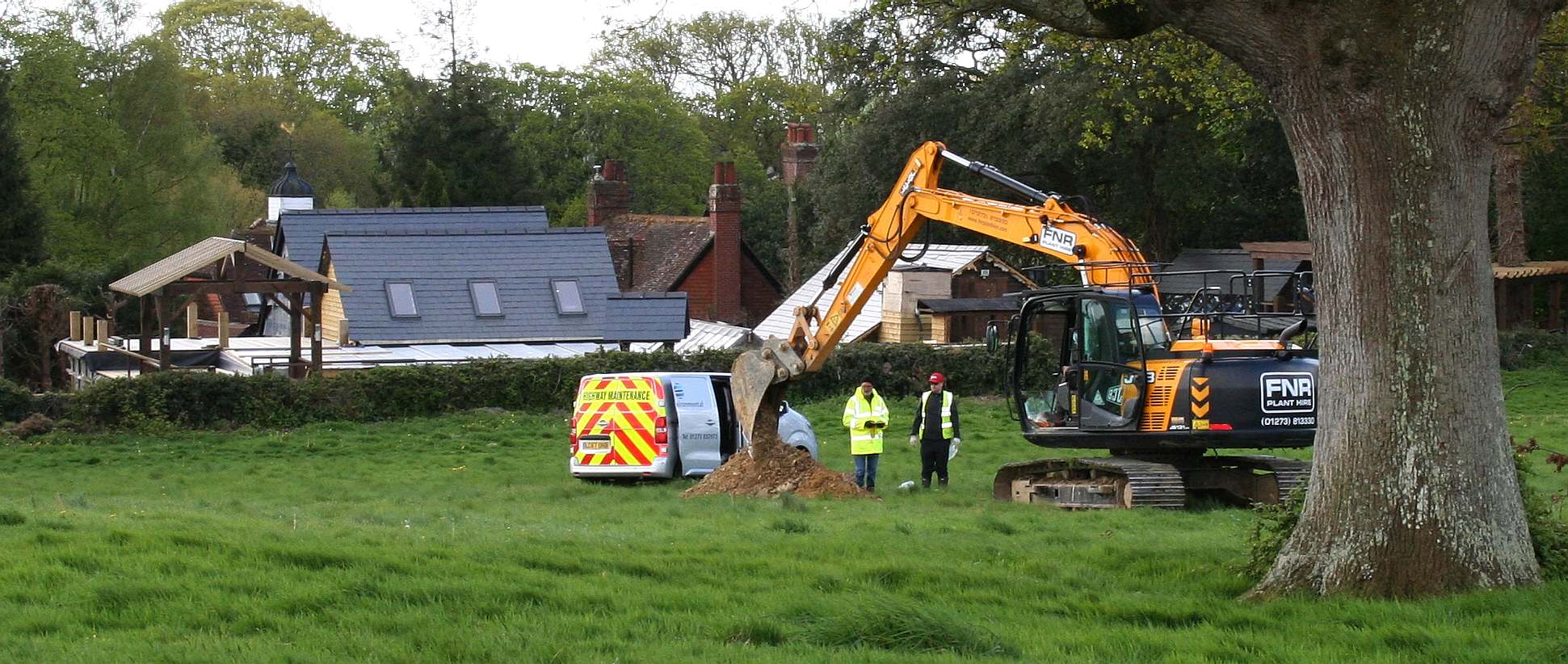
WATER
RIGHTS - Clarion Housing Group and Thakeham
Homes are in danger of spoiling an ancient well that supplies water
to many concerns in this vicinity. In the picture you can see a hired
digger scooping out trenches to test drainage by pouring in water and
measuring the rate of absorption by the soil. It seems to us that if you
build houses on the ground that feeds the ancient well, that
contamination from garden treatments such as Roundup and engine oils,
etc., will find its way into this well leading to claims against the
owners of the houses who would have been sold a pup, and/or against the
Council for approving the proposal, by way of a negligence claim, and/or
against the vendors or developers. Any way you look at it the developers
and Council concerned should take steps to ensure that no development
takes place until the proper tests and evaluations have been completed,
and after that stage, to ensure that any houses built in this location
will not be on a path that includes the water
table that feeds the ancient well.
Any
failure to conduct the proper tests and house situation, along with safe
sewage disposal, may tempt the Secretary
of State to call in the application. We imagine that all of those
with a financial interest in this piece of greenbelt will want to
resolve issues before it starts to get complicated.
13.
FACILITATING THE SUSTAINABLE USE OF MINERALS
142. Minerals are essential to support sustainable economic growth and our
quality of life. It is therefore important that there is a sufficient supply of
material to provide the infrastructure, buildings, energy and goods that the
country needs. However, since minerals are a finite natural resource, and can
only be worked where they are found, it is important to make best use of
them to secure their long-term conservation.
143. In preparing Local Plans, local planning authorities should:
●● identify and include policies for extraction of mineral resource of local and
national importance in their area, but should not identify new sites or extensions to existing sites for peat extraction;
●● so far as practicable, take account of the contribution that substitute or
secondary and recycled materials and minerals waste would make to the supply of materials, before considering extraction of primary materials,
whilst aiming to source minerals supplies indigenously;
●● define Minerals Safeguarding Areas and adopt appropriate policies in
order that known locations of specific minerals resources of local and national importance are not needlessly sterilised by non-mineral
development, whilst not creating a presumption that resources defined will be worked; and define Minerals Consultation Areas based on these
Minerals Safeguarding Areas;
●● safeguard:
末 existing, planned and potential rail heads, rail links to quarries,
wharfage and associated storage, handling and processing facilities for the bulk transport by rail, sea or inland waterways of minerals,
including recycled, secondary and marine-dredged materials; and
末 existing, planned and potential sites for concrete batching, the manufacture of coated materials, other concrete products and the
handling, processing and distribution of substitute, recycled and
secondary aggregate material.
●● set out policies to encourage the prior extraction of minerals, where
practicable and environmentally feasible, if it is necessary for non-mineral
development to take place;
●● set out environmental criteria, in line with the policies in this Framework,
against which planning applications will be assessed so as to ensure that
permitted operations do not have unacceptable adverse impacts on the natural and historic environment or human health, including from noise,
dust, visual intrusion, traffic, tip- and quarry-slope stability, differential
settlement of quarry backfill, mining subsidence, increased flood risk, impacts on the flow and quantity of surface and groundwater and
migration of contamination from the site; and take into account the cumulative effects of multiple impacts from individual sites and/or a
number of sites in a locality;
●● when developing noise limits, recognise that some noisy short-term
activities, which may otherwise be regarded as unacceptable, are unavoidable to facilitate minerals extraction; and
●● put in place policies to ensure worked land is reclaimed at the earliest
opportunity, taking account of aviation safety, and that high quality restoration and aftercare of mineral sites takes place, including for
agriculture (safeguarding the long term potential of best and most versatile agricultural land and conserving soil resources), geodiversity,
biodiversity, native woodland, the historic environment and recreation.
144. When determining planning applications, local planning authorities should:
●● give great weight to the benefits of the mineral extraction, including to
the economy;
●● as far as is practical, provide for the maintenance of land-banks of
non-energy minerals from outside National Parks, the Broads, Areas of Outstanding Natural Beauty and World Heritage sites, Scheduled
Monuments and Conservation Areas;
●● ensure, in granting planning permission for mineral development, that
there are no unacceptable adverse impacts on the natural and historic environment,
human health or aviation safety, and take into account the
cumulative effect of multiple impacts from individual sites and/or from a
number of sites in a locality;
●● ensure that any unavoidable noise, dust and particle emissions and any
blasting vibrations are controlled, mitigated or removed at source, and establish appropriate noise limits for extraction in proximity to noise
sensitive properties;
●● not grant planning permission for peat extraction from new or extended
sites;
●● provide for restoration and aftercare at the earliest opportunity to be
carried out to high environmental standards, through the application of appropriate conditions, where necessary. Bonds or other financial
guarantees to underpin planning conditions should only be sought in exceptional circumstances;
●● not normally permit other development proposals in mineral safeguarding
areas where they might constrain potential future use for these purposes;
●● consider how to meet any demand for small-scale extraction of building
stone at, or close to, relic quarries needed for the repair of heritage assets,
taking account of the need to protect designated sites; and
●● recognise the small-scale nature and impact of building and roofing stone
quarries, and the need for a flexible approach to the potentially long duration of planning permissions reflecting the
intermittent or low rate of working at many sites.
145. Minerals planning authorities should plan for a steady and adequate supply
of aggregates by:
●● preparing an annual Local Aggregate Assessment, either individually or
jointly by agreement with another or other mineral planning authorities,
based on a rolling average of 10 years sales data and other relevant local
information, and an assessment of all supply options (including marine dredged, secondary and recycled sources);
●● participating in the operation of an Aggregate Working Party and taking
the advice of that Party into account when preparing their Local Aggregate Assessment;
●● making provision for the land-won and other elements of their Local
Aggregate Assessment in their mineral plans taking account of the advice
of the Aggregate Working Parties and the National Aggregate Coordinating
Group as appropriate. Such provision should take the form of specific sites, preferred areas and/or areas of search and locational criteria
as appropriate;
●● taking account of published National and Sub National Guidelines on
future provision which should be used as a guideline when planning for the future demand for and supply of aggregates;
●● using land-banks of aggregate minerals reserves principally as an indicator
of the security of aggregate minerals supply, and to indicate the additional
provision that needs to be made for new aggregate extraction and alternative supplies in mineral plans;
●● making provision for the maintenance of land-banks of at least 7 years for
sand and gravel and at least 10 years for crushed rock, whilst ensuring that the capacity of operations to supply a wide range of materials is not
compromised. Longer periods may be appropriate to take account of the need to supply a range of types of aggregates, locations of permitted
reserves relative to markets, and productive capacity of permitted sites;
●● ensuring that large land-banks bound up in very few sites do not stifle
competition; and
●● calculating and maintaining separate land-banks for any aggregate
materials of a specific type or quality which have a distinct and separate
market.
146. Minerals planning authorities should plan for a steady and adequate supply
of industrial minerals by:
●● co-operating with neighbouring and more distant authorities to co-ordinate the planning of
industrial minerals to ensure adequate provision is made to support their likely use in industrial and
manufacturing processes;
●● encouraging safeguarding or stockpiling so that important minerals remain
available for use;
●● providing a stock of permitted reserves to support the level of actual and
proposed investment required for new or existing plant and the maintenance and improvement of existing plant and equipment, as
follows:
末 at least 10 years for individual silica sand sites;
末 at least 15 years for cement primary (chalk and limestone) and secondary (clay and shale)
materials to maintain an existing plant, and for silica sand sites where significant new capital is required; and
末 at least 25 years for brick clay, and for cement primary and secondary
materials to support a new kiln.
●● taking account of the need for provision of brick clay from a number
of different sources to enable appropriate blends to be made.
147. Minerals planning authorities should also:
●● when planning for on-shore oil and gas development, including unconventional hydrocarbons, clearly distinguish between the three
phases of development (exploration, appraisal and production) and address constraints on production and processing within areas that
are licensed for oil and gas exploration or production;
●● encourage underground gas and carbon storage and associated infrastructure if local geological circumstances indicate its feasibility;
●● indicate any areas where coal extraction and the disposal of colliery spoil
may be acceptable;
●● encourage capture and use of methane from coal mines in active and
abandoned coalfield areas; and
●● provide for coal producers to extract separately, and if necessary stockpile,
fireclay so that it remains available for use.
148. When determining planning applications, minerals planning authorities
should ensure that the integrity and safety of underground storage facilities
are appropriate, taking into account the maintenance of gas pressure, prevention of leakage of gas and the avoidance of pollution.
149. Permission should not be given for the extraction of coal unless the proposal
is environmentally acceptable, or can be made so by planning conditions or
obligations; or if not, it provides national, local or community benefits which
clearly outweigh the likely impacts to justify the grant of planning permission.
CONTACTS
Department for Communities and Local Government
Eland House
Bressenden Place
London,
SW1E 5DU
United
Kingdom
Telephone: 030 3444 0000
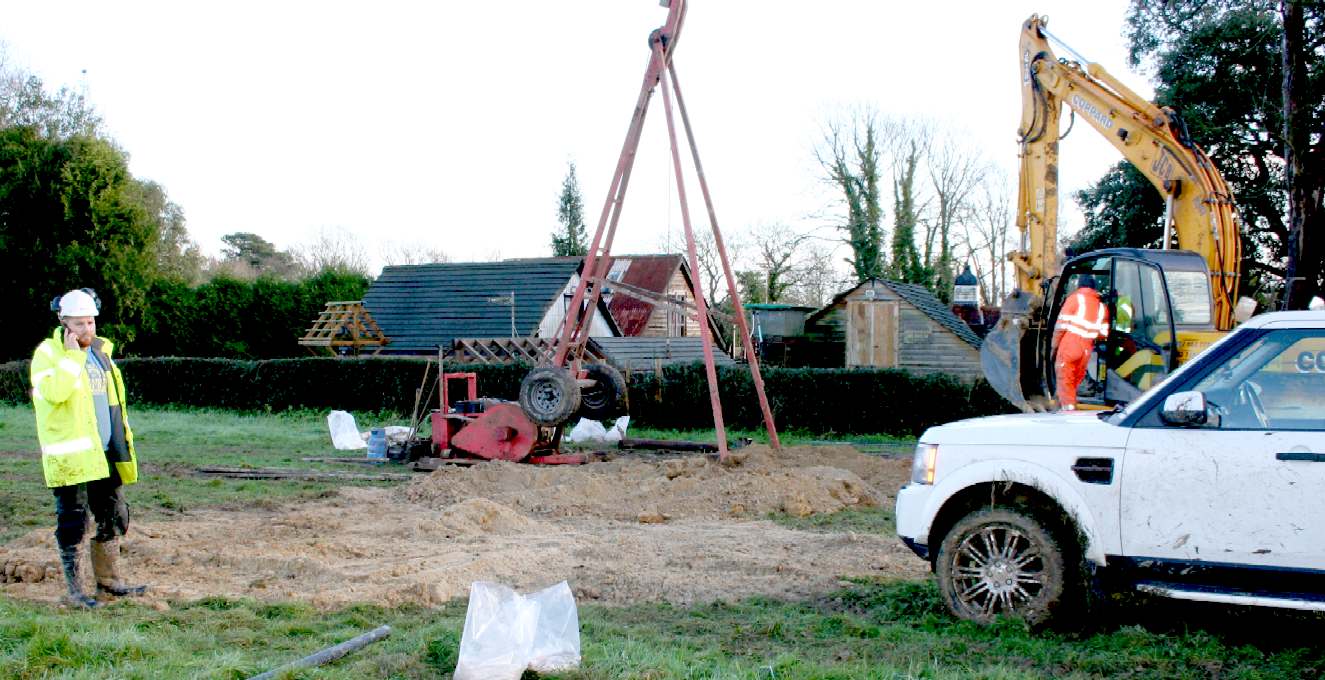
HINKLEY,
CALIFORNIA - GROUND WATER CONTAMINATION - The
town of Hinkley, California,
located in the Mojave Desert, (about 121 miles driving distance
north-northeast of Los Angeles) had its groundwater contaminated with
hexavalent chromium starting in 1952, resulting in a legal case
against Pacific Gas & Electric (PG&E) and a multimillion-dollar
settlement in 1996. The legal case was dramatized in the film Erin
Brockovich, released in 2000.
Residents of Hinkley filed a class action against PG&E,
encaptioned Anderson, et al. v. Pacific Gas and Electric (Superior Ct.
for County of San Bernardino, Barstow Division, file BCV 00300.
In 1993, Erin Brockovich, a legal clerk to lawyer Edward L. Masry,
investigated the apparent elevated cluster of illnesses in the
community linked to hexavalent chromium. The efforts of Brockovich and
Masry, and the plight of the people of Hinkley, became widely known
when the film Erin Brockovich was released in 2000.
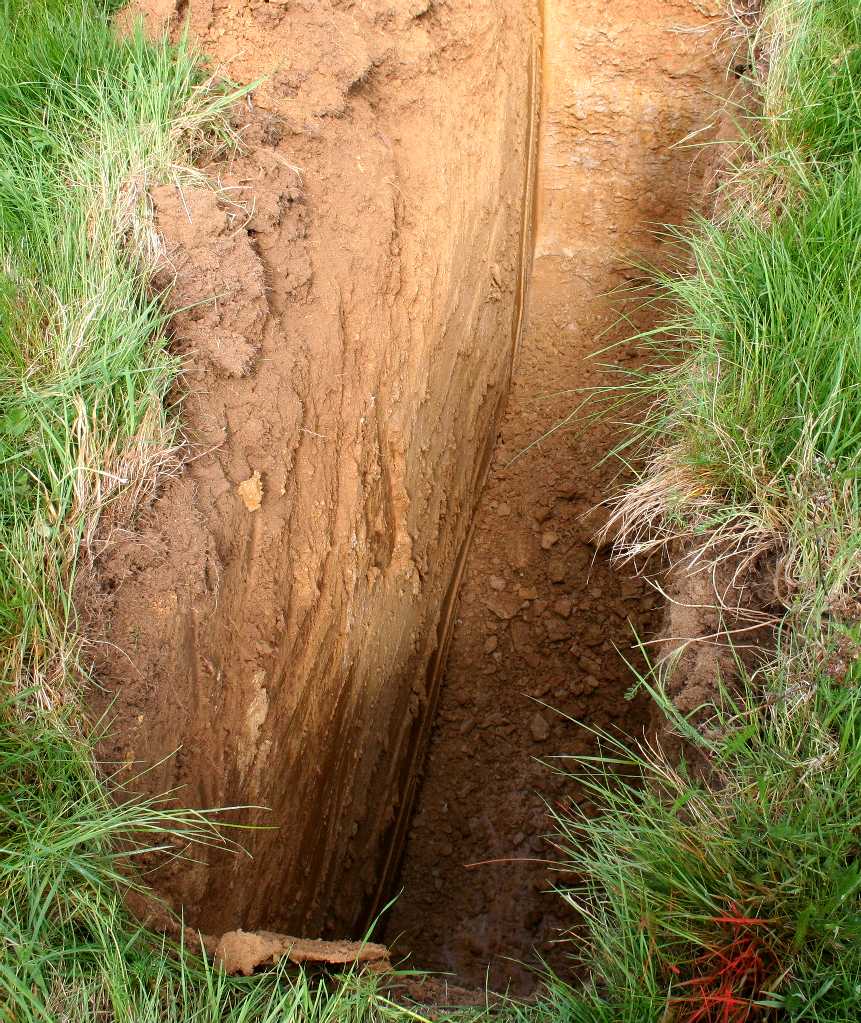
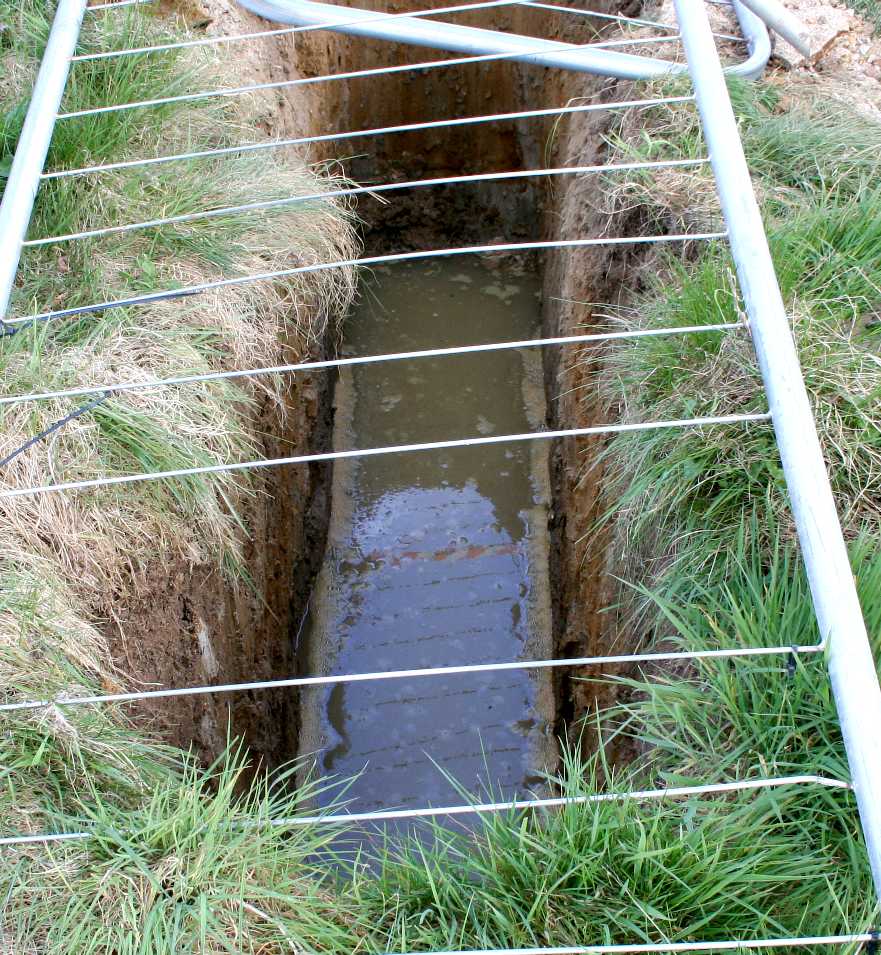
After
many arguments, the case was referred to arbitration with maximum
damages of $400 million. After the arbitration for the first 40 people
resulted in roughly $110 million,
PG&E reassessed its position and decided to end arbitration and
settle the entire case. The case was settled in 1996 for $333 million,
the largest settlement ever paid in a direct-action lawsuit in U.S.
history.
In 2006, PG&E agreed to pay $295 million to settle cases involving
another 1,100 people statewide for hexavalent chromium-related claims.
In 2008, PG&E
settled the last of the cases involved with the Hinkley claims for $20
million.
LEAD
CASE: In the case of Wealden
District Council and planning application WD/2015/0090/MAO,
originally filed by Tim
Watson in 2014, then re-filed by Gleeson
Developments in 2015, and taken over by Clarion
Group and Thakeham
Group, there appear to be multiple errors in applying these
policies to greenbelt, including failing to protect open spaces and
the historic built environment, and not promoting sustainable
transport.
The
Horse
Sanctuary Trust are following this case with much interest. We
consider that the paper trail will eventually make interesting
reading, leading us to who is making the decisions and the money
........
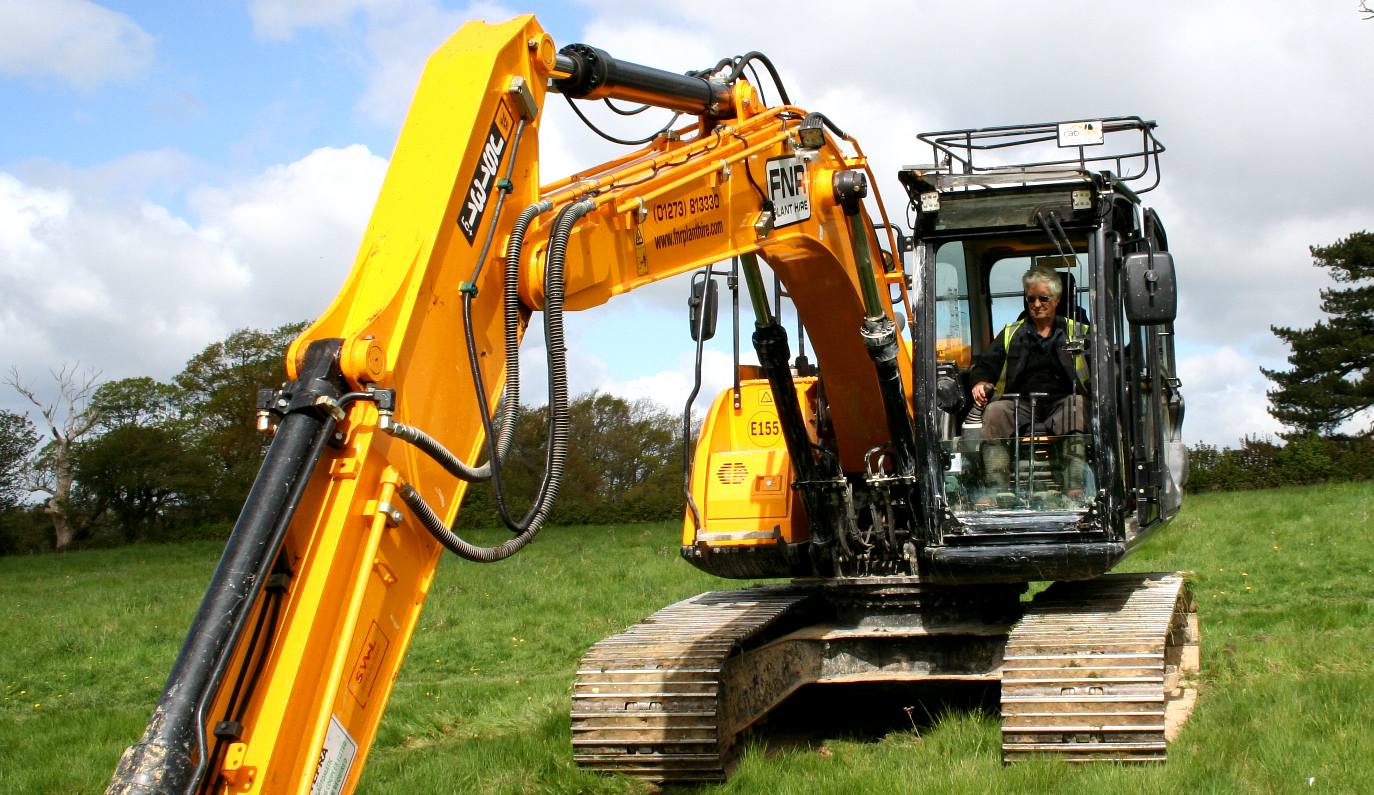
GREENBELT
- Digging up Greenfield sites for quick
profits from windfall planning consents is ruining the heritage of
the nation. Once it is gone, it is gone. Britain is short of genuinely
affordable housing that developers are loath to provide where all they
want is the money. It may be that Clarion Housing and Thakeham intend
building affordable units on this site. They should also bear in mind
the requirement for sustainable development in United
Nations terms. Copyright photograph ゥ April 26 2018, Herstmonceux
Museum Limited. All rights reserved. You may not copy this picture
except for educational
use.
|




